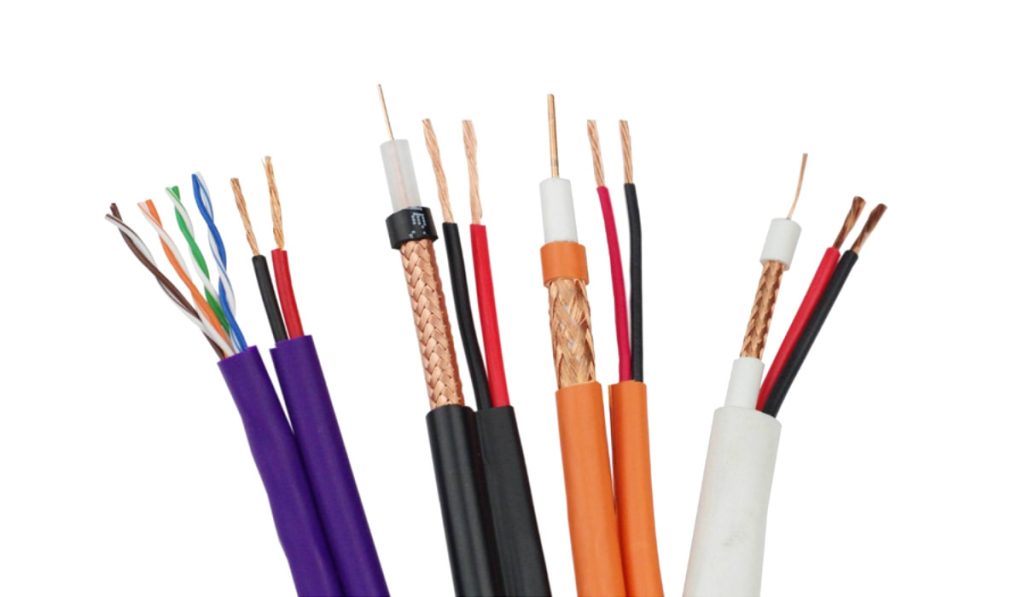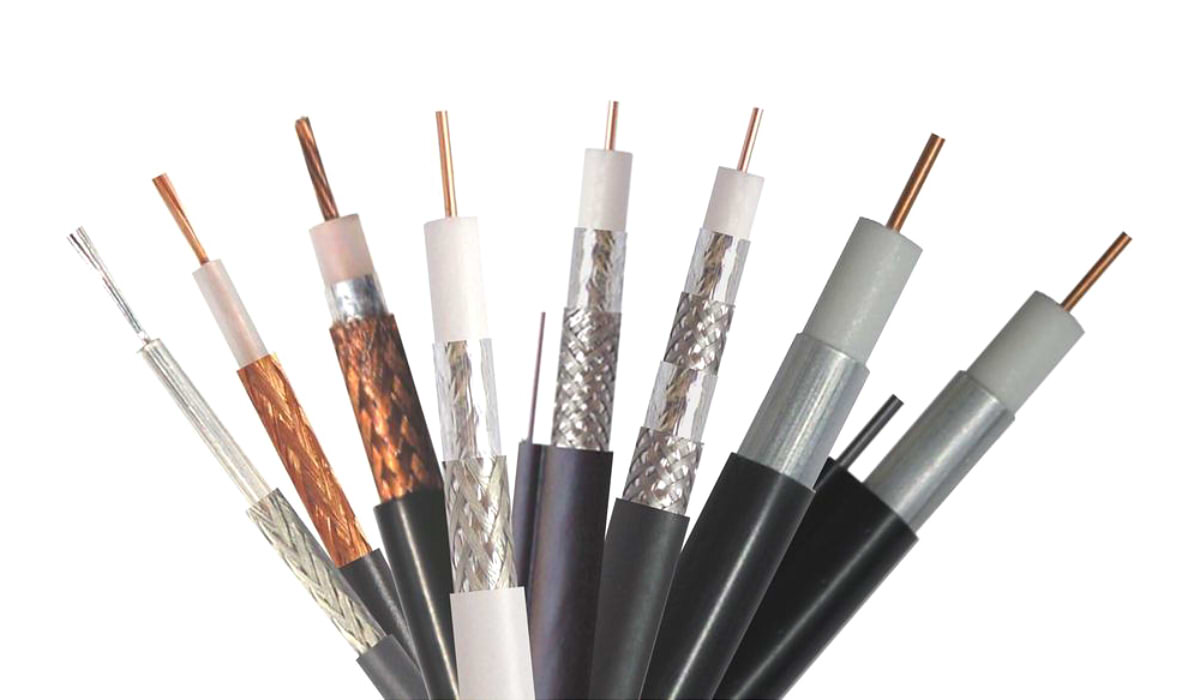In the exciting world of technology and communications, coaxial cables play a fundamental role in the transmission of signals and data. From cable TV broadcasting to modern communication networks, coaxial cables have been essential to carry information efficiently and reliably. Hoy, We explore the coaxial cable market and its projected exciting growth trajectory.

Table of Contents
- Growth Trends
- Historical Evolution and Future Perspectives
- Emerging Challenges and Opportunities
- Advantages and Disadvantages of Coaxial Cables
- Key Applications in Signal Transmission
- The Role of Materials and Market Fluctuations
- Conclusion
Growth Trends
Although the COVID-19 pandemic has had negative effects on certain sectors, such as the automotive and aviation industry, Investments in areas such as smart grids and renewable energy continue to grow. This growth is particularly evident in emerging economies such as China and India., where urbanization and modernization processes are driving the resurgence and development of the global wire and cable industry.
According to data, The global market for cables and wires reached a value of $335 billion, with a projection of increase to $426.8 billion for 2026, with a Compound Annual Growth Rate (CAGR) of 5%. Specifically, The global coaxial cables market is expected to grow by $137.6 billion in 2021 a $182.3 billion in 2026, with a CAGR of 7.3%.
Historical Evolution and Future Perspectives
The coaxial cable industry has undergone a number of changes over time. It reached its peak in the year 2000, in line with the rise of the electronics industry worldwide. Nevertheless, in later years, Global economic slowdown and declining demand hit coaxial cable industry. Despite this phase of decline, The industry began to recover in the second half of 2003.
In developed countries, The coaxial cable industry has evolved over the years, with increasing concentration due to the gradual exit of small companies from the market. This phenomenon has led to a significant increase in industry concentration, with the major cable manufacturers cornering a considerable part of the market. In United States, los 10 leading cable manufacturers represent around 70% of market share, while in Japan and France, los 7 Y 5 leading cable manufacturers respectively control a substantial part of the market. Secondly, in China, the concentration of the cable industry is much lower, reflecting a broader competitive environment.
Emerging Challenges and Opportunities
Despite historical challenges and market fluctuations, the future of the coaxial cable industry is promising. Global wire and cable market on track to recover and grow healthily, driven by government and private investments. Although growth may be slightly slower compared to the last five years, Emerging markets in Africa and Southeast Asia are expected to play a crucial role in increasing demand for concentric and coaxial cables. Rapid economic expansion in these markets translates into an increase in construction activity, infrastructure and public services, which in turn will drive demand for coaxial cables.
Advantages and Disadvantages of Coaxial Cables
Coaxial cable is a type of cable and signal transmission line composed of four layers of materials: the innermost layer is a copper conductor wire, surrounded by a layer of plastic (which acts as an insulator and dielectric), followed by a thin layer of conductive material in the form of a mesh (usually covers the alloy) Y, finally, an outer layer of insulating material as outer covering.

Coaxial cables have a number of notable advantages that have kept them relevant in the field of signal transmission over the years.. One of its most outstanding features is its ability to support high-speed communications over long distances without requiring intermediate repeaters.. This makes them a valuable option for applications requiring high bandwidth and extensive coverage..
Nevertheless, are not without disadvantages. First, coaxial cables have a considerable size, with a diameter that can be approximately 3/8 inch, which implies the need for significant space in wiring conduits. Besides, Its structure is susceptible to damage due to twisting, severe pressures and bends, which can compromise the quality of signal transmission. Finally, Their manufacturing and deployment are usually more expensive compared to other options.
As communication networks and systems have evolved, Alternatives have been presented that address these disadvantages. Twisted pair cables have emerged as a more space-efficient and flexible solution., which has led to its wide adoption in environments of local networks (LAN) based on Ethernet physical layer specifications.
Key Applications in Signal Transmission
Coaxial cables have proven themselves in a variety of applications, and its importance is particularly highlighted in the transmission of cable television signals. These cables have been widely used in small and medium-sized transmission systems due to their low cost and ease of installation.. Especially, in the “last Mille” of hybrid fiber coaxial networks (HFC), Coaxial cables play an indispensable role that cannot be replaced by other transmission media.

In this context, Coaxial cables make it easy to connect between passive and active devices, as well as between end users. Impedance matching is essential to ensure proper signal transmission between devices connected via coaxial cables. Without a proper match, signals can be reflected between components and cables, resulting in increased noise and noise effects. “ghost” in the transmitted images.
The Role of Materials and Market Fluctuations
Coaxial cables belong to the typical materials industry, where he copper and aluminum They are the main primary materials for cable companies. These materials have a significant impact on the industry, since its availability and price can influence the profitability of cable companies. Since copper and aluminum are commodities with prices highly influenced by supply, demand and macroeconomic conditions, Fluctuations in the prices of these metals can affect the profitability of coaxial cable companies. To mitigate this risk, Global coaxial cable companies have adopted price adjustment mechanisms based on changes in copper prices, which guarantees maximum stability in profits.
Conclusion
In summary, The global coaxial cables market is on track to experience substantial growth in the coming years. As emerging economies continue their rapid expansion and investments in technology and communications continue to increase, demand for coaxial cables is set to increase. Although it faces challenges such as fluctuations in material prices and global competition, The coaxial cable industry is poised to take advantage of emerging opportunities and maintain its crucial role in transmitting information around the world..

